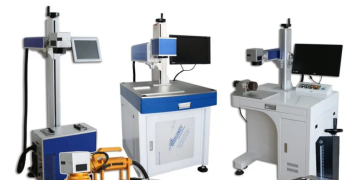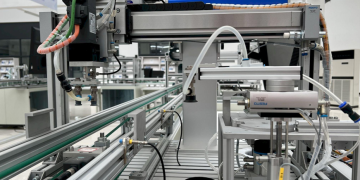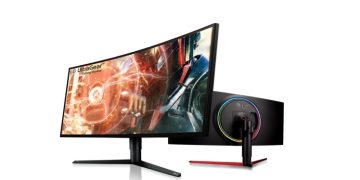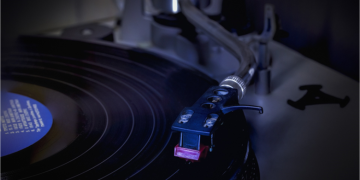One of the more recent types of drug testing is hair follicle testing, which employers increasingly request, much like court-mandated probation testing. Drug abuse is detectable through hair tests and helps detect substances like cocaine, marijuana, opiates, barbiturates, and many other medications. And a positive hair drug test will reveal this if you’ve taken drugs within the previous 90 days. This detection window can show the patterns of drug usage.
Why Is It Necessary?
You can be asked to submit to a drug test by your employer, the law, or your doctor. Some organisations require prospective workers to submit a drug test as part of the application process, particularly for jobs with a high risk of injury. Employers may also randomly test present employees or must be tested following severe accidents or events. Meanwhile, hair drug tests are entirely forbidden in several states. And in the circumstances involving domestic violence, adoption, and probation, courts may impose drug tests. A specialist may seek to test those at risk for abusing drugs or alcohol. Also, it’s crucial to remember that drug tests require the subject’s written agreement.
What Makes a Hair Drug Test Reliable?
Hair drug testing, despite being a relatively new technology, is quite successful when done by a qualified specialist. A certified officer reviews hair follicle tests before the results are publicised. Also, they’ll perform extra confirmatory gas chromatography-mass spectrometry (GC-MS) testing if the preliminary screening results in an adverse finding. The chance to present documentation approved by a doctor is provided to those legally consuming prescription medications. The final report will note the outcome as “negative” if a person takes the drug by the recommended dosage.
The Process
Drug tests on hair follicles may be conducted at clinics, laboratories, or work. A sample of hair from the subject’s scalp will be removed during the trial and sent to a lab for overnight testing. In the meantime, poppy seeds and prescription medications include ingredients that may result in false-positive test results in some foods. Therefore, hair samples are subjected to a two-step process to ensure accurate test results. The ELISA test is a quick screening technique used in the first phase. To ascertain whether an ELISA test yields a positive impact for a specific medication, the technician also retests the hair sample using a confirmatory chromatographic test, such as Gas Chromatography-Mass Spectrometry (GC-MS).
What Do the Outcomes Imply?
Results of a drug test using hair follicles could be harmful, positive, or inconclusive.
Negative Result
A negative result indicates that either the lab could not confirm the outcome of her positive ELISA screening following the GC-MS test or could not identify a drug metabolite in the hair sample.
Positive Result
A positive confirmatory test result indicates that the laboratory found a specific drug metabolite in the subject’s hair sample.
Inconclusive Result
The laboratory may deem the results inconclusive if the hair sample is contaminated or if something goes wrong while testing. In these situations, the lab demands a recent hair sample.
Due to its ability to uncover more information about a person’s drug usage history, hair drug testing is growing in popularity. And due to how challenging cheating is, employers and the legal sector also employ it more frequently.





























































